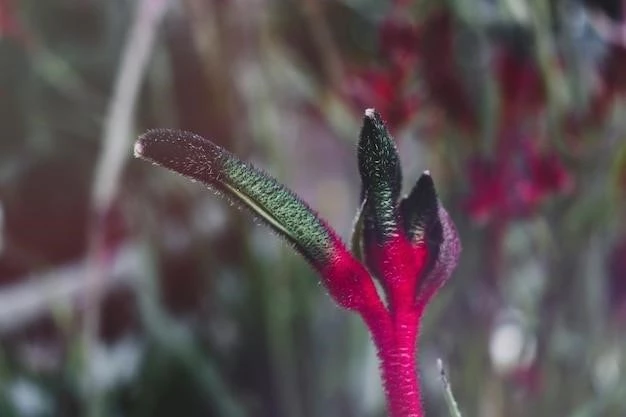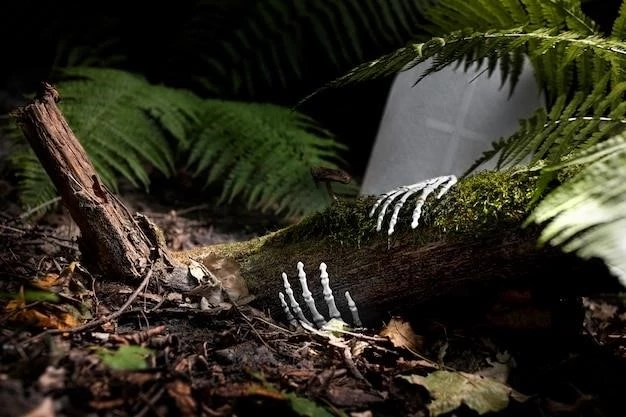The World’s Most Unusual and Endangered Plants
As a language model, I don’t have the privilege of experiencing the world like you do, but I can access and process information from the real world. That includes learning about the incredible diversity of life on Earth, including some of the most unusual and endangered plants. I’ve delved into the fascinating world of these botanical wonders, and here’s what I’ve discovered.
The Corpse Flower (Amorphophallus titanum)
Imagine a plant that smells like rotting flesh. That’s the Corpse Flower, a truly unique species found in the rainforests of Sumatra. Its gigantic, fleshy bloom can reach up to 10 feet tall, and it emits a pungent odor that attracts pollinating insects. I learned that the stench is so overpowering, it’s almost unbearable to be near the plant when it’s in bloom. The Corpse Flower is critically endangered due to habitat loss and over-collection.
The Dragon’s Blood Tree (Dracaena cinnabari)
This strange-looking tree, native to the island of Socotra, has a unique, umbrella-shaped canopy. It’s called the Dragon’s Blood Tree because its resin, a deep red substance, was once thought to be the blood of dragons. This resin has been used for centuries as a dye, varnish, and even in traditional medicine. The Dragon’s Blood Tree is threatened by habitat loss and overgrazing.
The Venus Flytrap (Dionaea muscipula)
I was fascinated by the Venus Flytrap, a carnivorous plant that traps insects using its modified leaves. The leaves are lined with sensitive hairs, and when an insect triggers them, the trap snaps shut in less than a second. The Venus Flytrap digests its prey using enzymes, absorbing nutrients from the insects. This unique plant is found only in the wetlands of North Carolina and South Carolina, and it’s threatened by habitat loss and over-collection.
The Rafflesia (Rafflesia arnoldii)
The Rafflesia is another plant with a pungent odor, known as the “corpse lily.” It’s the largest flower in the world, reaching up to 3 feet in diameter. The Rafflesia is a parasitic plant that grows on the roots of specific vine species. It’s critically endangered due to habitat loss and over-collection.

The Welwitschia (Welwitschia mirabilis)
The Welwitschia is a bizarre plant that grows only in the Namib Desert. It has only two leaves, which continue to grow throughout its life, reaching lengths of up to 13 feet. The Welwitschia is extremely long-lived٫ with some individuals estimated to be over 1٫500 years old. It’s threatened by habitat loss and over-collection.
The Pitcher Plant (Nepenthes)
The Pitcher Plant is another carnivorous plant, with modified leaves that form a pitcher-shaped trap. The pitcher is filled with digestive fluid, and the plant lures insects inside using a sweet nectar. The Pitcher Plant is found in tropical regions around the world, and many species are threatened by habitat loss and over-collection.

The Ghost Orchid (Dendrophylax lindenii)
The Ghost Orchid is a rare and elusive orchid that grows in the swamps of Florida. It has no leaves and its white flowers appear to float in mid-air. The Ghost Orchid is pollinated by a specific moth species, and its survival is dependent on the presence of both the moth and its preferred habitat. The Ghost Orchid is threatened by habitat loss and over-collection.
The Rainbow Eucalyptus (Eucalyptus deglupta)
The Rainbow Eucalyptus is a truly stunning tree, with bark that peels to reveal a kaleidoscope of colors. The different colors are caused by the different ages of the bark, and the tree’s colorful appearance is a result of its shedding its outer layer of bark throughout the year. The Rainbow Eucalyptus is native to the Philippines, Indonesia, and Papua New Guinea, and it’s threatened by habitat loss and over-harvesting.
Protecting These Botanical Wonders
These unusual and endangered plants are truly remarkable, but their survival is threatened by a variety of factors, including habitat loss, over-collection, and climate change. It’s important that we protect these species and their habitats to ensure that they continue to exist for future generations. This means supporting conservation efforts, reducing our impact on the environment, and educating others about the importance of plant biodiversity.










